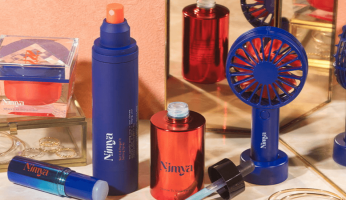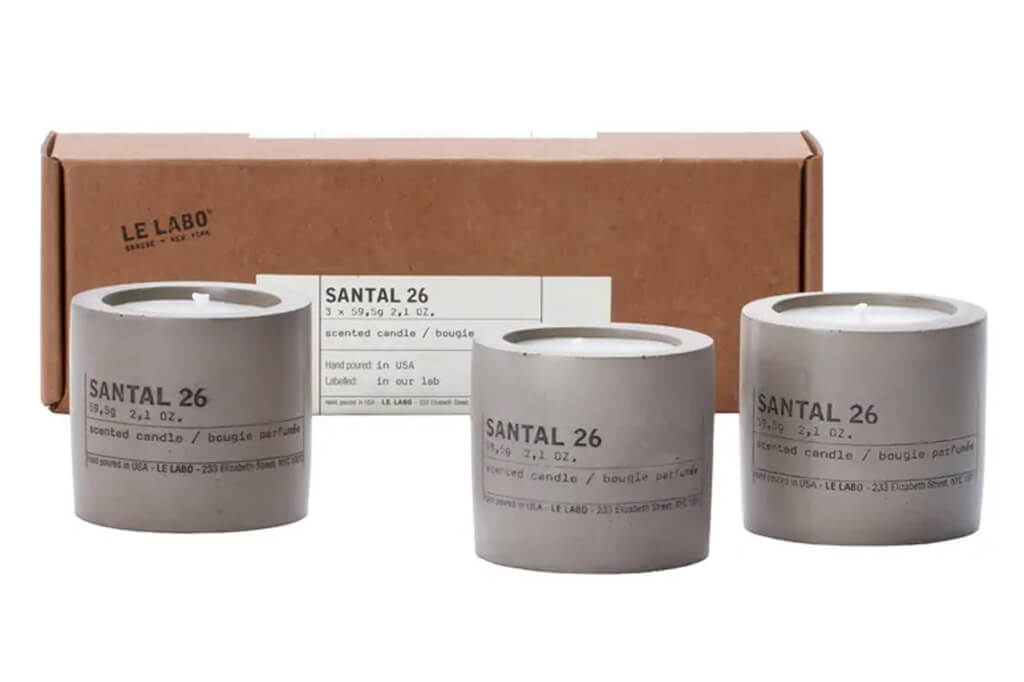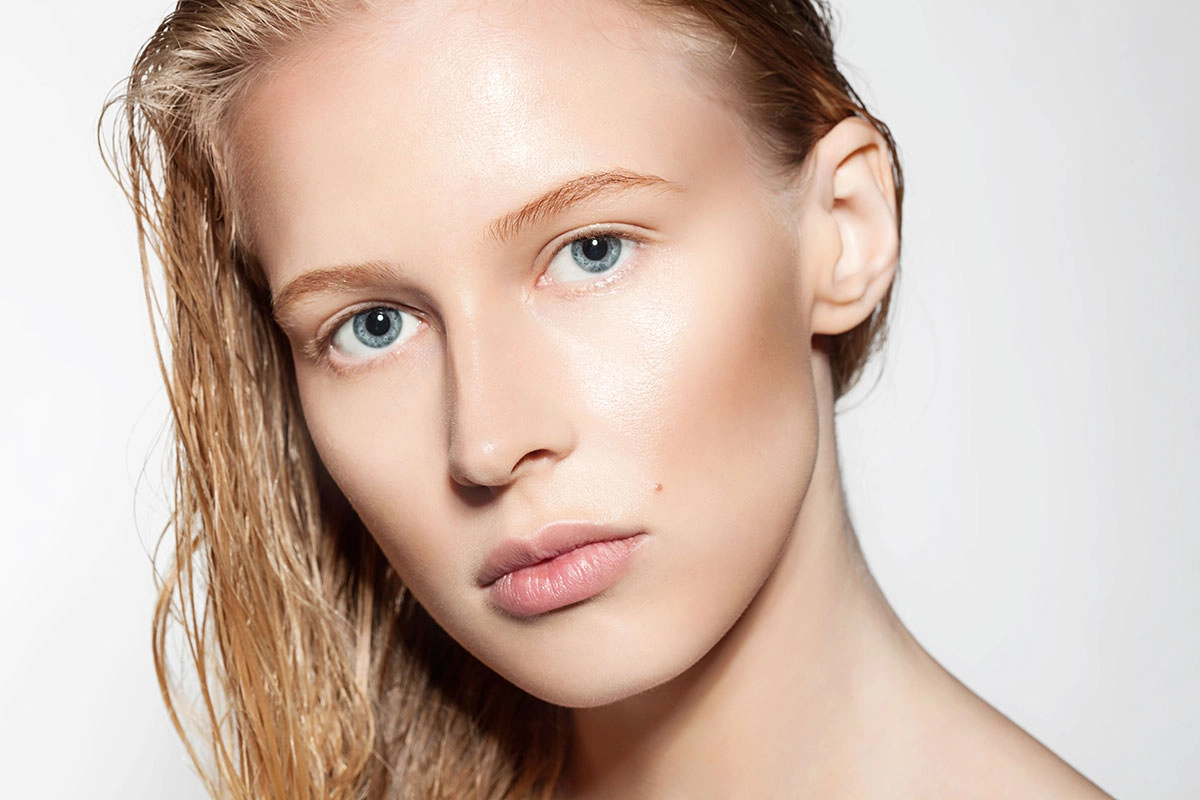Body Lotion VS Cream: Which One Moisturizes Better?
In the end, knowing where, when, and how to apply these products is key. Perhaps you’re even ready to stop deciding between lotion vs. cream and invest in both.
Skincare 101: Lathering your body with moisturizer after the shower is a great step towards having baby-soft skin.
With so many items on the market, you might ponder lotion vs. cream while in the aisle at your local drugstore. When it comes down to it, the most notable difference is the consistency of the products.
Depending on your skin type and where you’ll be using the skincare product, one will benefit you more than the other.
Continue reading as we dive deep into body creams, lotions, butters, and more.
What Is Lotion?
Starting with the thinnest consistency, lotion has a low viscosity and is mainly made from water, oil, and other moisturizing agents. It tends to be light, creamy, and not greasy. This is a great option for just about anyone.
Using lotion daily can even help with body acne. Some oil glands will overproduce sebum if they are not properly moisturized, leading to acne. If your skin is decently quenched, these glands will produce less oil.
When comparing body cream vs. body lotion, lotion is absorbed more easily and quickly by the skin, making it ideal for those with normal to oily skin. It is easy to rub in and doesn’t usually leave a humid or sticky feeling.
This option is best for:
- People with oily skin
- Using on your entire body
- Summer months or hot environments
- During the day
What Is Body Cream?
When looking at body cream vs. lotion side by side, you’ll notice that body cream is thicker. It is usually fortified with shea butter and there’s more oil and less water content than lotion.
Moisturizing cream usually takes longer to rub in and might leave you feeling slightly greasy due to the higher oil content until it’s fully absorbed.
This option is best for:
- People with dry skin
- Dry spots
- Cooler months
- During the night
What Is Body Butter?
The thickest and most deeply moisturizing of the bunch is body butter. It is usually made from a blend of butters, including shea, mango, and cocoa.
Body butters are usually sold in a jar because the consistency can be difficult to pump or squeeze out of a traditional lotion container.
Some people prefer to use body butter only on problem areas or areas that tend to dry out more quickly or severely than others.
This option is best for:
- Extremely dry skin
- Elbows, knees, and hands
- Extremely cold winters
- Overnight use
5 Things to Look For in a Body Moisturizer
1. Scent: When comparing a body cream vs. body lotion, one of the first things you will probably consider is the way it smells. Considering the smell will be put directly on your skin and linger for at least a couple of hours, this is important!
2. Ingredients: This is a big one and commonly overlooked. Moisturizers with vitamins C, E, A, and/or K are ideal.
Each vitamin has its specific purpose, but they generally slow down signs of aging, decrease the visibility of fine lines, soothe sensitive skin, even out discoloration, increase hydration, firm the skin, and some can even help with acne-prone skin.
Hyaluronic acid and ceramides are also great things to look for. They help to lock in even more moisture.
3. Non-comedogenic: This is especially important if you have oily skin. Non-comedogenic moisturizers are less likely to clog your pores and cause breakouts.
4. Not tested on animals: Does this one need an explanation?
5. Price: More expensive doesn’t mean better. In fact, CeraVe is well-known for producing great moisturizers at an affordable price.
Most of their products are not scented, but they do work very well.
Can Any of These Be Used on My Face?
If you have no other option, using a body lotion on your face is okay once in a while. However, because these products are not specifically designed for sensitive facial skin, they could cause some irritation.
As far as body creams and butters, you should definitely avoid using these on your face. Because they have a higher concentration of oils, they are almost guaranteed to clog your facial pores.
5 Tips for Applying Body Moisturizer
- Know which is best for you and where to apply it: lotion vs. cream vs. butter
- Warm up the product in your hands before applying it to your body
- Apply moisturizer right after the shower, while you are still slightly damp, to lock in extra moisture
- Always use a moisturizer after a hot shower- hot water dries your skin out
- Start small – it’s much easier to go back for more moisturizer rather than to try to open the container to put back the excess
Conclusion
In the end, knowing where, when, and how to apply these products is key. Perhaps you’re even ready to stop deciding between lotion vs. cream and invest in both.
Use lotion during the day and cream at night. I would only call in the big guns (body butter) for extremely dry or cold situations.
Change your skincare routine, change your skin. Unless it smells terrible or has a bad consistency, no one regrets moisturizing their skin.
However, now that you know how to choose a body moisturizer, you don’t need to worry about that.











